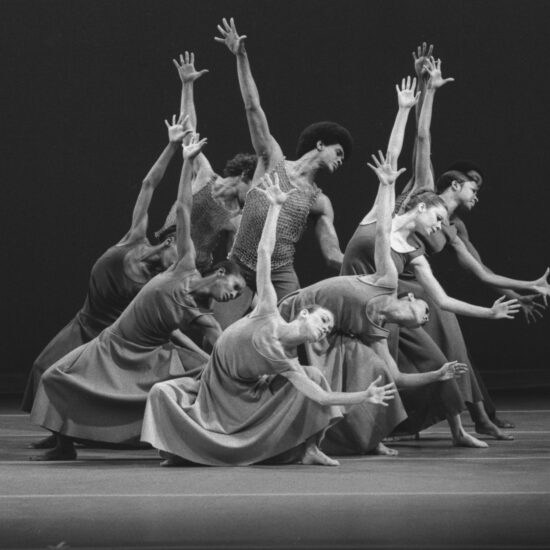
Alvin Ailey’s Pluralistic Vision for America
The famed choreographer used his art to emphasize the universal resonance of African American stories.

The famed choreographer used his art to emphasize the universal resonance of African American stories.
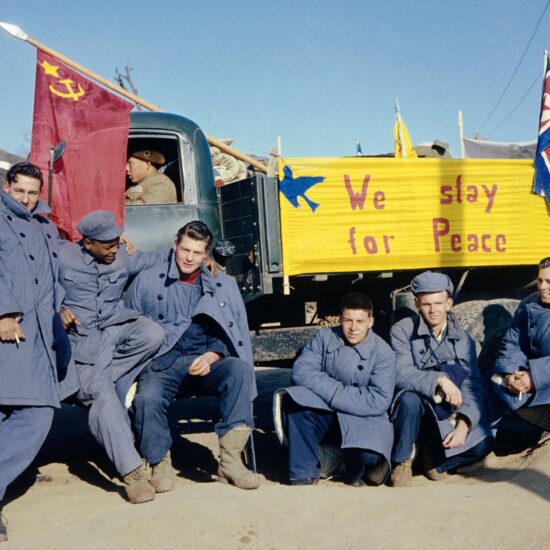
Some Black soldiers chose not to go home after the war, remaining in North Korea and China—behind the “bamboo curtain”—to escape racism in the United States.
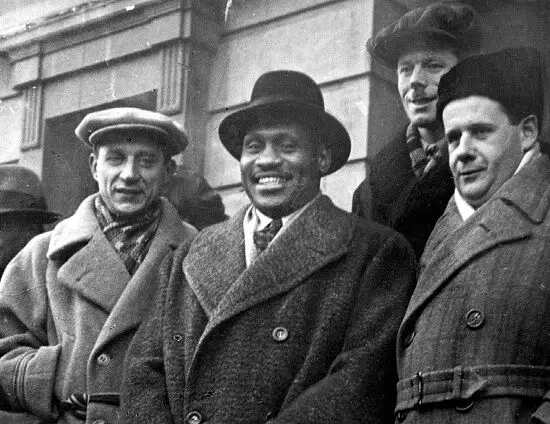
Between the 1930s and 1960s, the famous singer and actor made many visits to the world’s first socialist country, which made a lasting impression on his art and politics.
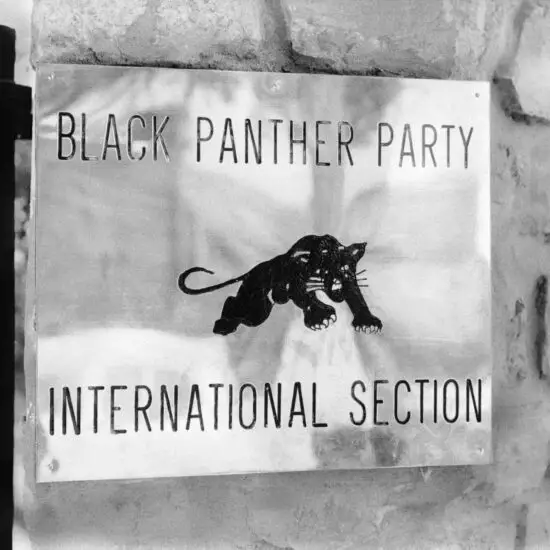
The Black Panther Party—especially their International Section based in Algiers—embraced the Palestinian cause as part and parcel of their own struggle.
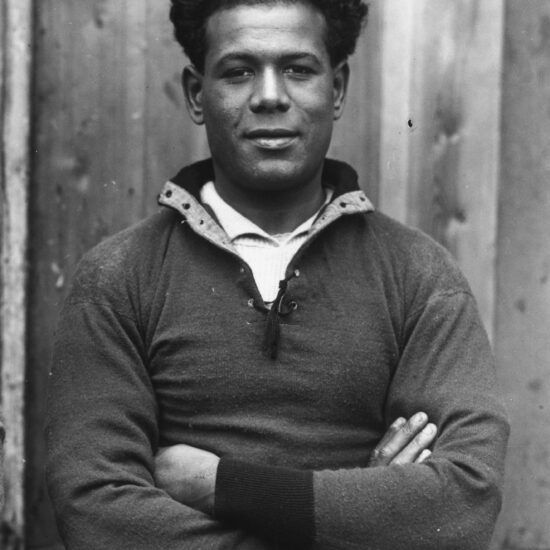
The hidden story of the English national team’s first Black footballer.
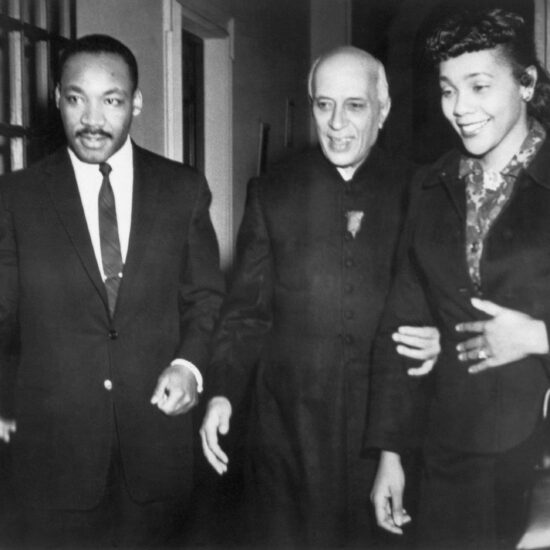
Dr. Martin Luther King Jr. opposed racism, imperialism, and capitalist inequity at home and around the world.
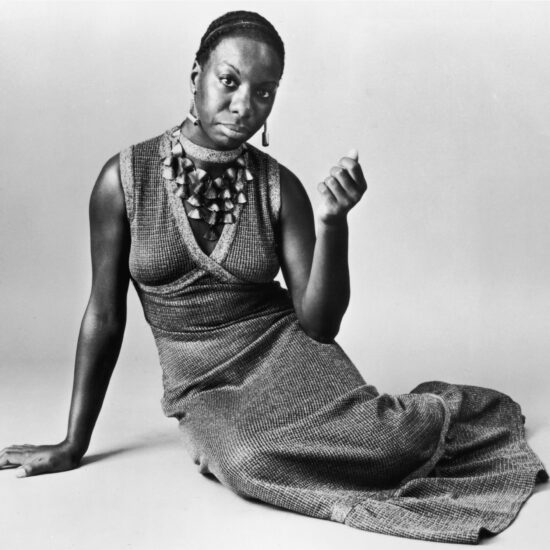
The performer’s transformation from jazz to politics during the Civil Rights Era
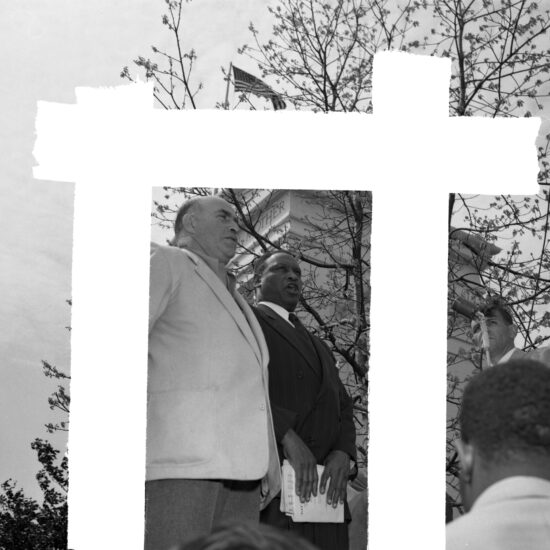
How Paul Robeson sang to 35,000 Canadians without crossing the border
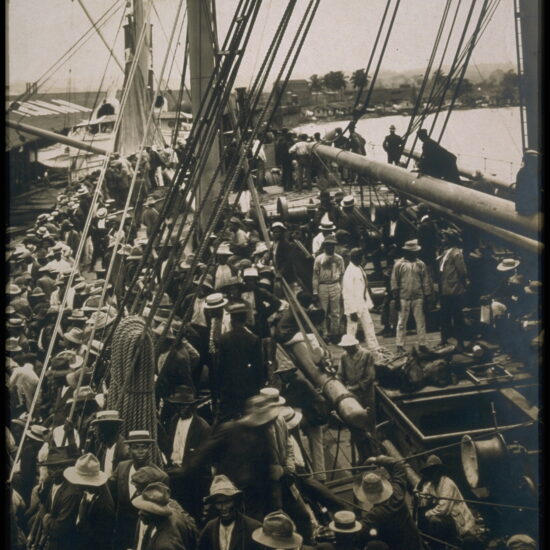
West Indian, especially Barbadian, migrant labor on the Panama Canal changed shipping routes, benefitted the U.S. economy, and affected immigration for decades afterward.
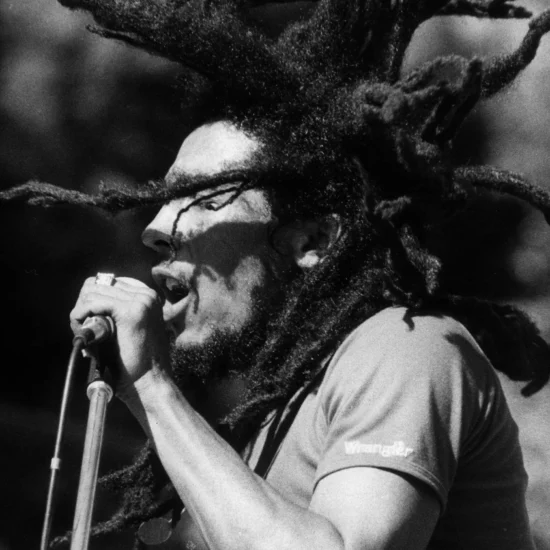
Four photographs capture how music embodies a long tradition of global Black engagement and the goal of justice for all Black people.
© 2021–2024 This project is a collaboration of Getty Images and Origins: Current Events in Historical Perspective.
230 Annie and John Glenn Avenue, Columbus, OH 43210